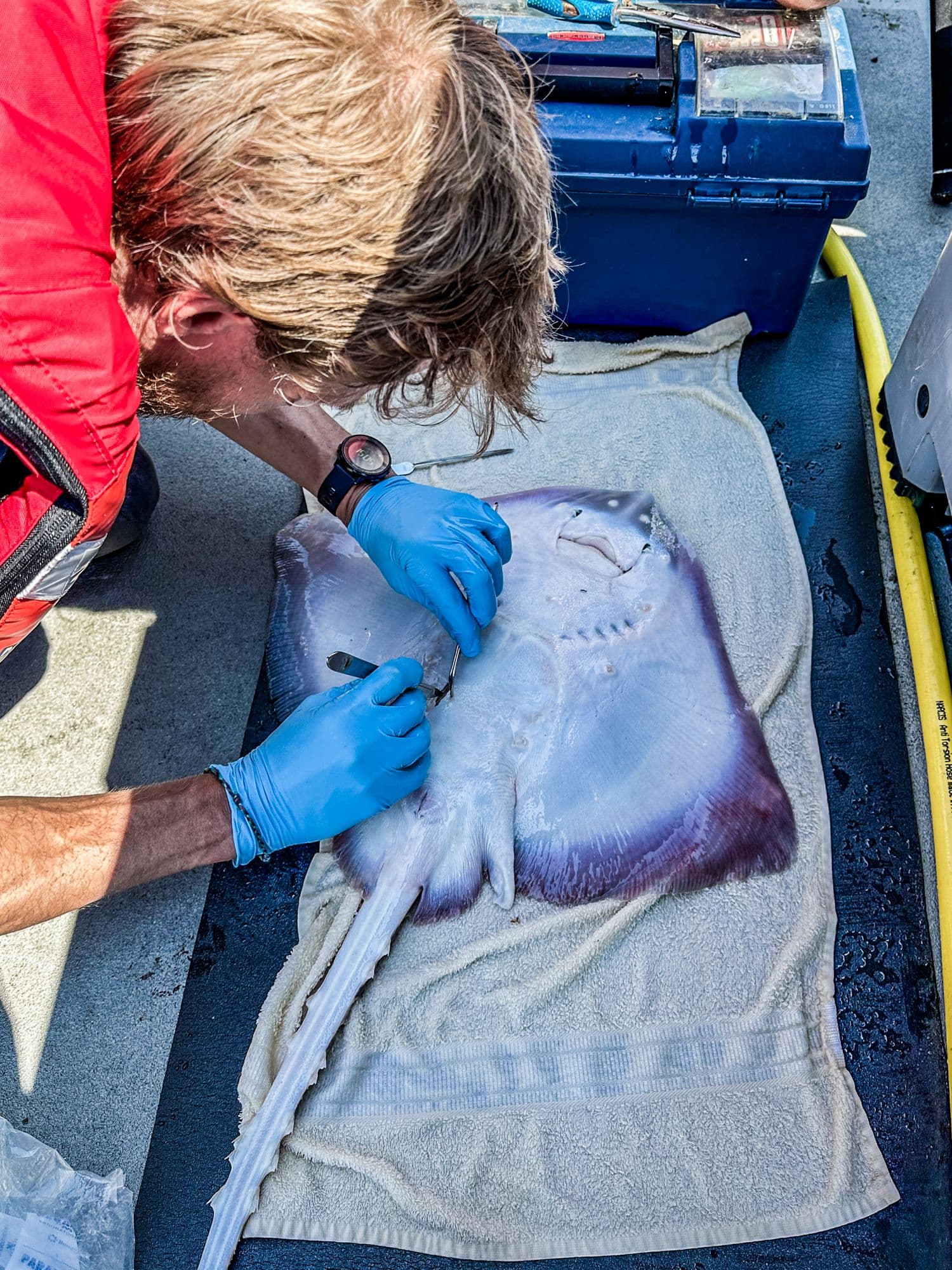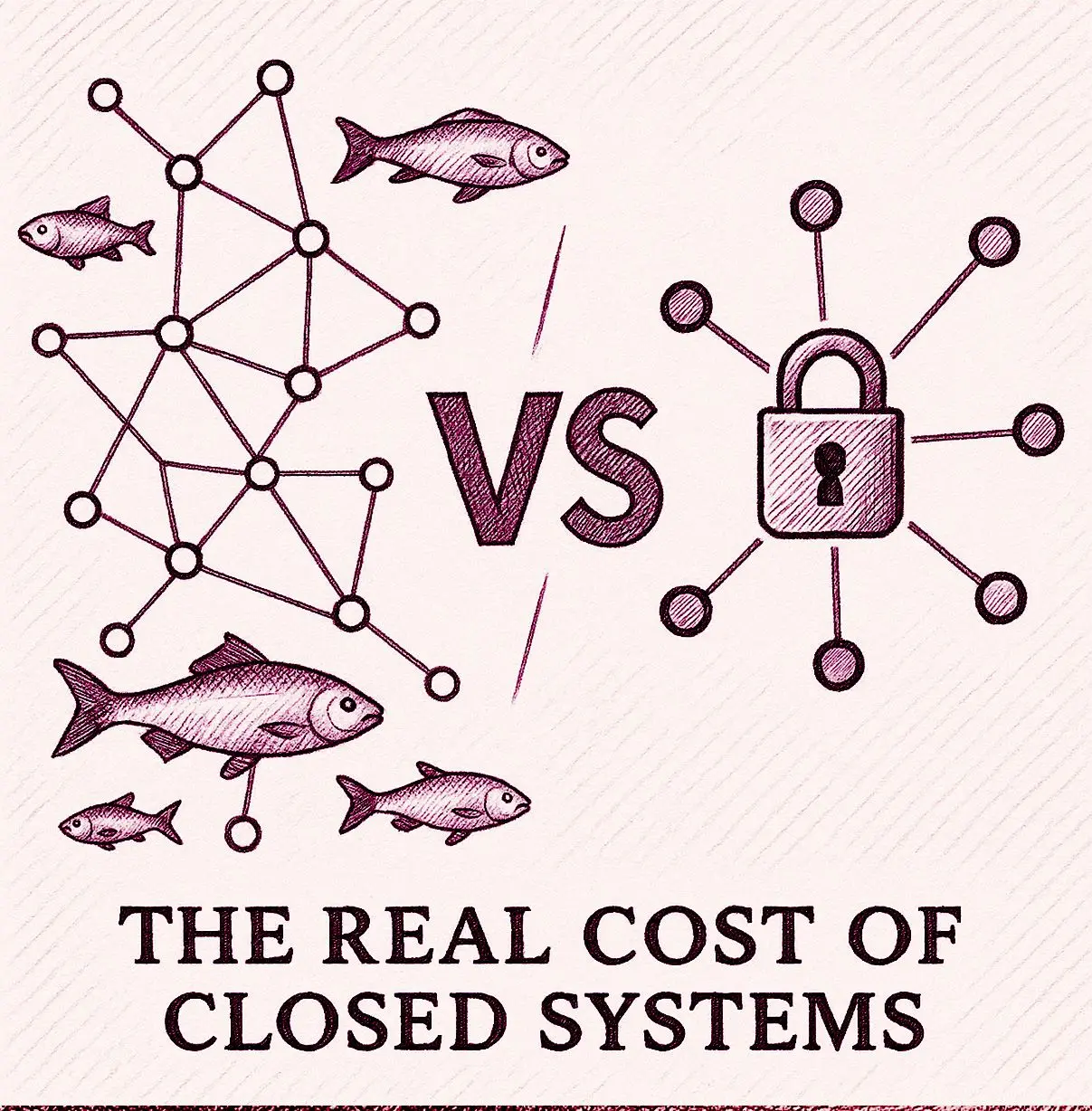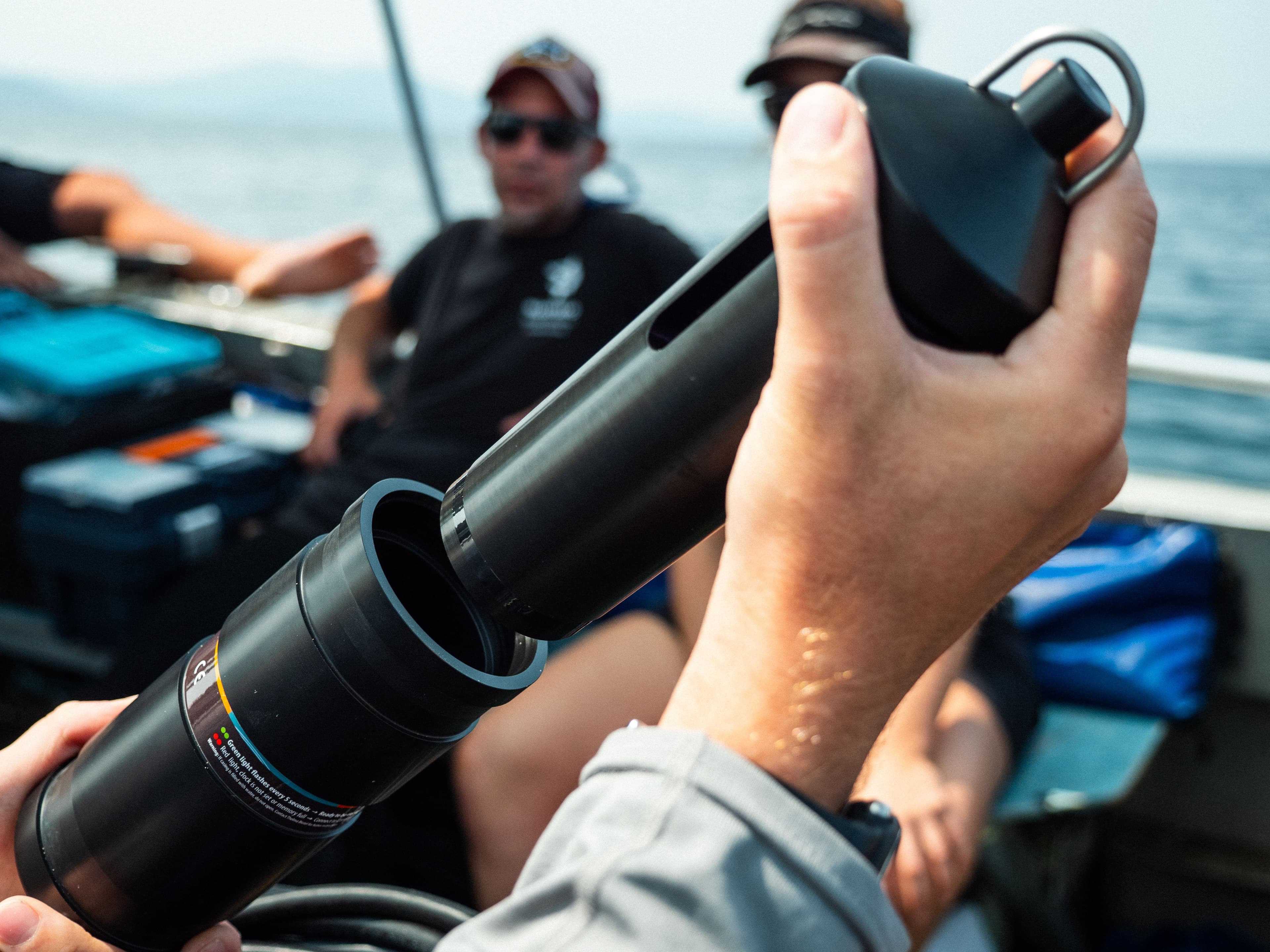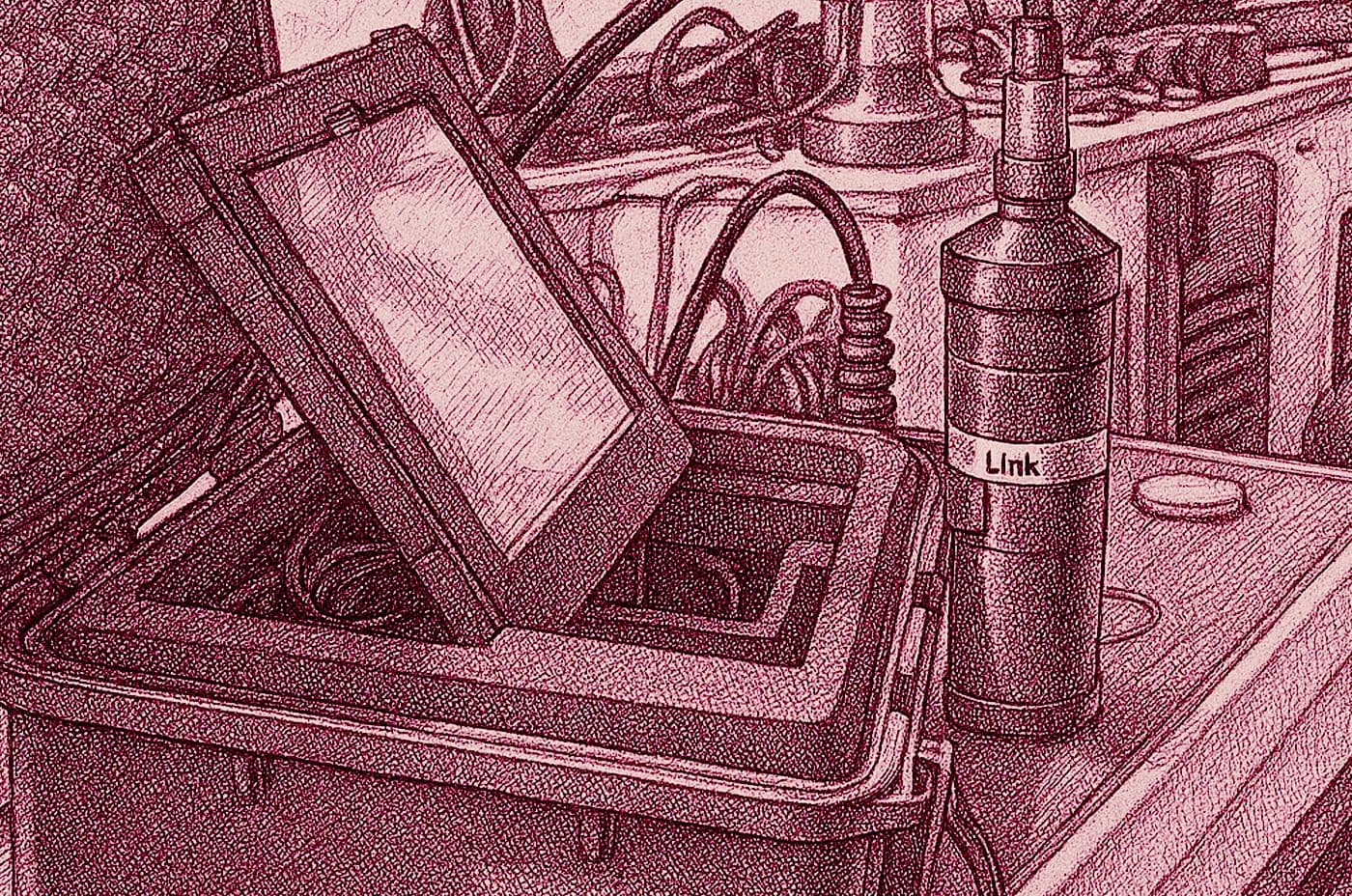The #1 Question in Acoustic Telemetry Today: Open Protocol vs. Closed Networks?
2025-11-11

The #1 Question in Acoustic Telemetry Today: Open Protocol vs. Closed Networks?
est. reading time ~10-12 min

Why the future of fish tracking depends on what we hear – and
who can listen
Across Europe’s aquatic research community, one question now echoes from lab meetings to policy tables: Should the future of acoustic telemetry be open or closed?
At first glance, it sounds technical: a debate over formats and compatibility. But in practice, it decides how freely data flows, how much studies cost, and how easily researchers collaborate across borders.
“In the beginning, everything was interoperable,” recalls Dr. Jan Reubens, Chair of the European Tracking Network (ETN). “Then companies started encrypting signals, so you could only detect their tags on their receivers. Suddenly, you had to pick a brand or risk losing your fish.”
That shift fractured the field. Where fish once swam through shared detection grids, many now passed unheard – their signals trapped behind proprietary walls. Collaboration slowed. Costs rose. And a discipline built on openness found itself divided by design.

⚙️ From shared waters to fragmented signals
Each tagged fish emits a unique acoustic pulse. When it passes a receiver, that pulse is logged, building a timeline of movement.
In telemetry’s early days, all receivers could hear all tags. Scientists shared arrays, and fish data flowed freely. But as the number of networks and tagged animals grew, so did the risk of ID collisions– two tags sharing the same identifier. To avoid confusion, manufacturers locked down their systems: encrypting IDs, building brand-specific protocols, and requiring matched hardware.
The fix solved one problem but created another.
Receivers stopped recognizing foreign tags, fragmenting detection grids into silos. Each manufacturer’s system became a separate language — isolating scientists who worked side by side, even within the same estuary.
By the mid-2010s, interoperability had quietly disappeared. And with it, the simplicity that once allowed researchers to focus on science rather than compatibility.

💸 The real cost of closed systems
When interoperability disappeared, the consequences hit in the field – not the lab.
“If you’re in a monopoly system, you pay more for your tags,” Jan explains. “And you can only collaborate with people using the same brand. Otherwise, your fish swims into their array and disappears.”
In cross-border projects like Fish & Tell, Jan’s team had to deploy two receivers per station to avoid missing detections: one for each brand.
“It’s not efficient. If everything listened to everything, I could have doubled the number of stations and covered twice the area.”
The result:
- Redundant equipment
- Rising costs
- Lost detections
- Frustrated collaborations
Fish still swam. But half their signals went unheard.
For a field built on connection, closed systems created blind spots and turned shared seas into patchwork networks of silence.

🌍 Europe’s open turn
By 2017, Europe faced a choice: Adopt a single-brand global framework or build a brand-agnostic, inclusive system that reflects its scientific diversity.
ETN chose openness.
Together with manufacturers, they developed Open Protocol (OP), a shared technical language that makes acoustic telemetry interoperable again.
At its core, OP runs on a shared ID system managed by a neutral third party ( the Flanders Marine Institute). This ensures every tag has a unique identifier, no matter who manufactures it, eliminating overlap and confusion across borders.
Built on this foundation, Open Protocol allows any compatible receiver to detect any compatible tag – regardless of manufacturer. For researchers, that means freedom to mix technologies – and confidence their data will flow seamlessly into shared systems like ETN.
Open but accountable
To join, companies sign a Memorandum of Understanding and a license agreement, committing to transparency, accountability, and technical compliance. Only verified partners can produce or decode OP tags, maintaining trust and quality across the network.

🔓 How Open Protocol changes the game
When devices speak the same language, everything changes – from fieldwork to funding to innovation. That’s why Open Protocol is nothing less than a fundamental shift in how research, institutions, and companies work together.
For Researchers
No fish goes unseen because it crossed a brand boundary. Every compatible receiver becomes part of your study area – expanding your dataset automatically.
What this unlocks:
- Seamless cross-border detections
- Complete movement data
- More collaboration, less coordination
- Richer datasets without extra fieldwork or investment
As soon as another team uploads their data,” Jan explains, “you’ll immediately see: my fish was detected in the Netherlands.”
For Institutions
Before Open Protocol, labs sometimes doubled their hardware just to stay connected. Or they used tags that emitted signals on two different protocols, reducing the tag efficiency.
“Having two receivers on one station… I could have doubled the amount of stations if everything listened to everything.” Jan recalls.
Now one receiver can serve multiple tag types.
What this unlocks:
- Fewer receivers needed
- Lower maintenance and recovery costs
- Larger research reach for the same budget
- Simplified collaboration

For Innovation & Industry
Open systems don’t restrict competition. They drive it.
“If everything is interoperable, competition increases, so prices drop,” Jan notes.
What this unlocks:
- A level playing field that rewards innovation
- Lower costs through healthy competition
- Faster technological progress
- Shared standards that benefit both science and industry
Manufacturers can focus on what they do best – designing smarter, smaller, more powerful tags – while scientists gain access to a fair, future-proof market.
And because Open Protocol is governed by shared rules and neutral management, it stays open and reliable, balancing innovation with accountability.

🌐 Why the world hasn’t followed (yet)
Around the world, many tracking networks still operate on legacy systems built before interoperability was an option. Entire arrays, sometimes hundreds of receivers, are tied to closed protocols.
Now, as Open Protocol spreads, researchers face a new crossroads. Some manufacturers offer the upgrade freely, while others charge a fee, often around €300 per receiver, to enable compatibility.
“Some institutions in the United States and Australia have huge infrastructures in place,” Jan explains. “If you want to switch to OP, you are now asked to pay a fee to have it installed on your infrastructure.”
Still, every hardware renewal brings a decision: stay with closed systems or invest in a future-proof, open network where every tag and receiver speaks the same language.
“It’s an important decision,” Jan says. “If you make the investment now, tags and receivers will only get better and cheaper in the future.”
A shared signal. A shared future.
Open Protocol isn’t the finish line. It’s the starting point for a truly connected science.
The next challenge is building on that foundation – linking networks, harmonizing data systems, and ensuring that every detection contributes to a larger understanding of aquatic life.
Because in the end, interoperability isn’t just about signals. It’s about science that listens – across brands, borders, and disciplines.
🔗 Join the conversation.
Connect your project to the European Tracking Network and help shape the future of open telemetry.
[Learn more about ETN]
Looking to design your next acoustic study?
Explore how Thelma Biotel products support Open Protocol and connect seamlessly with ETN-compatible networks. Discover our acoustic telemetry solutions →




